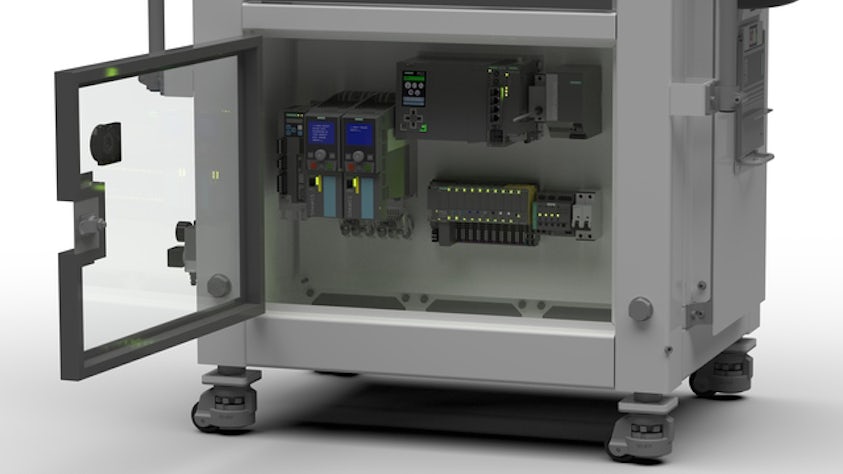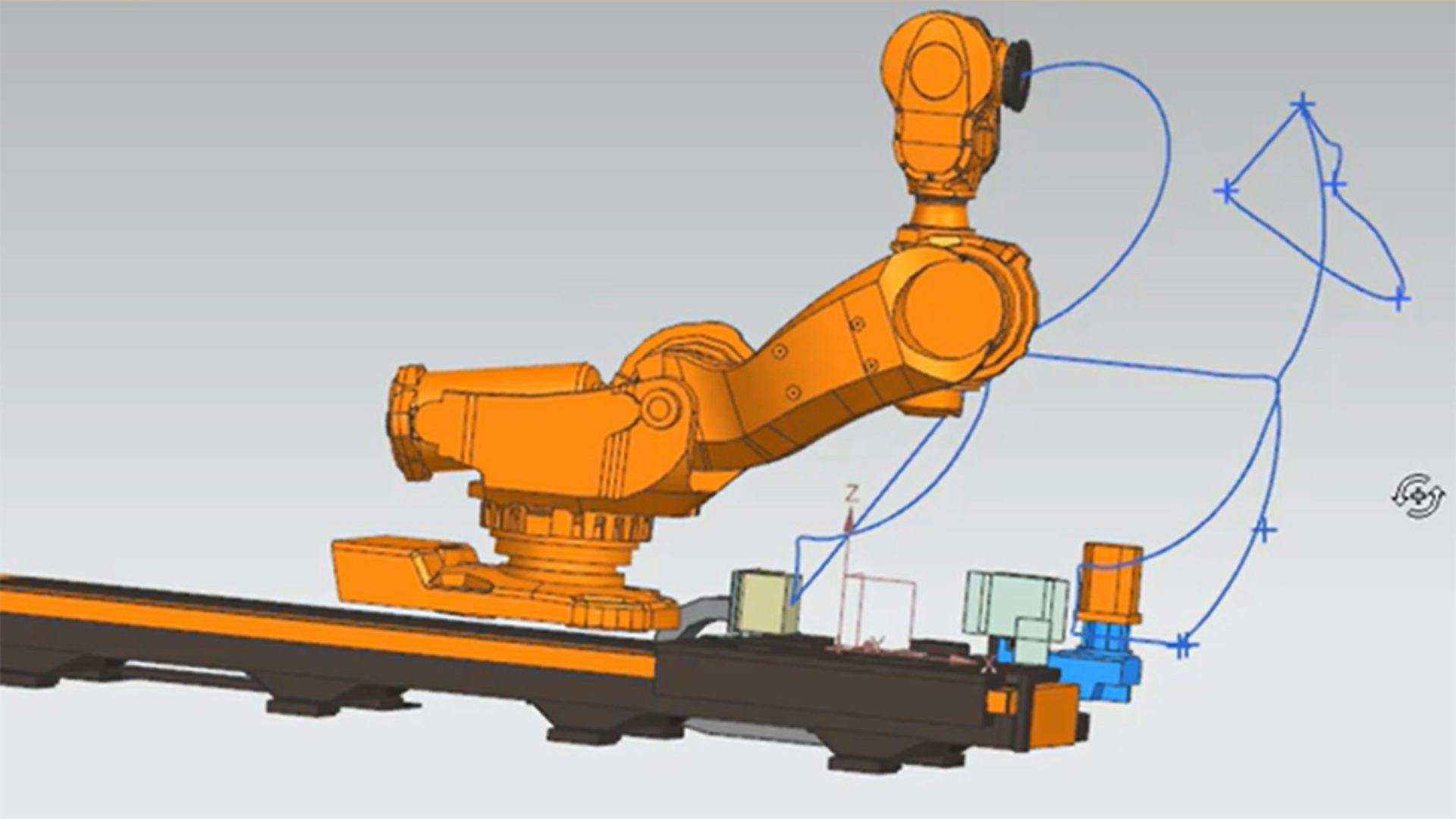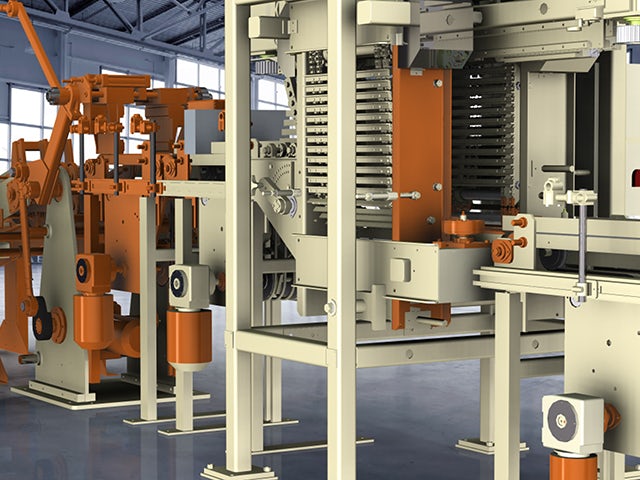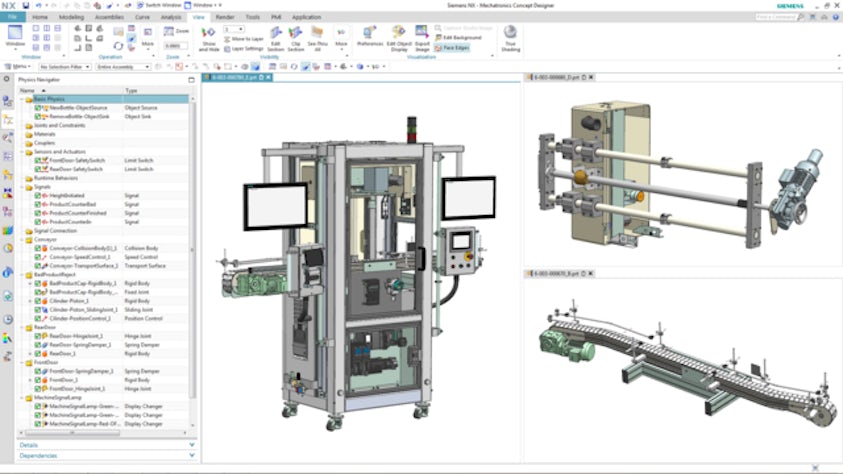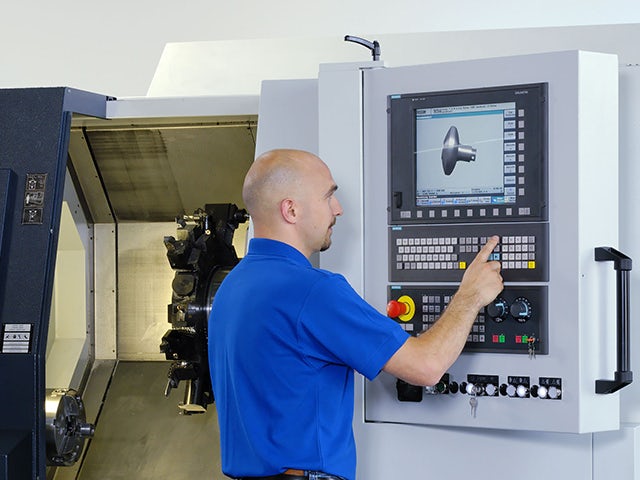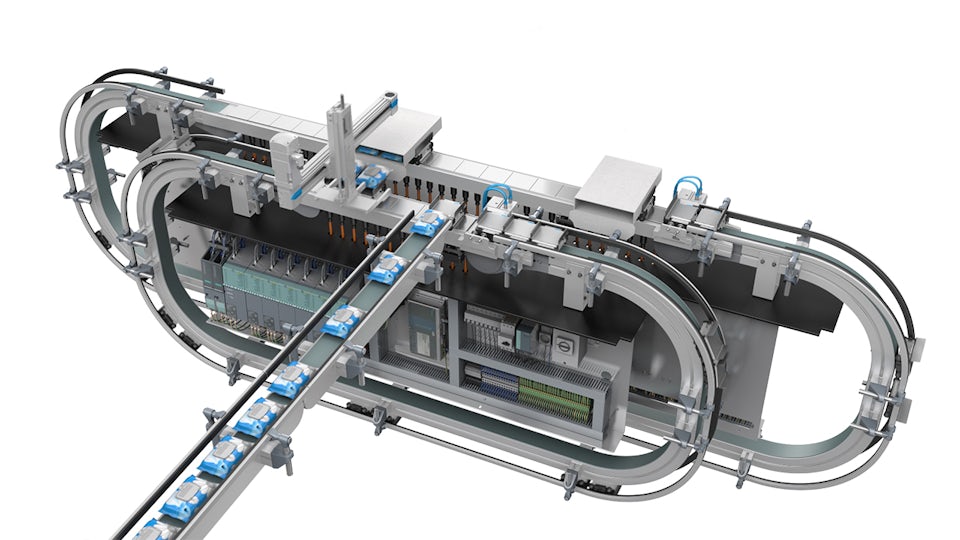Use the output of Mechatronics Concept Designer to continue to refine designs without the need to remaster the data—this can be done directly by multiple disciplines.
- Mechanical designers can use concept models in NX for detailed design
- Electrical designers can use model data to select sensors and actuators
- Automation designers can use cams and operation sequence information from the model for software development
